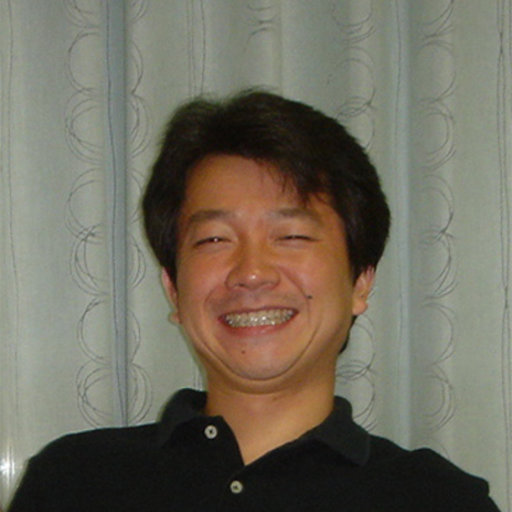Title
Understanding Opioid Reward
Bio
Prof. Elyssa Margolis earned her BS in Engineering at Harvey Mudd College and PhD in Bioengineering at the University of California at Berkeley and San Francisco, in the lab of Dr. Howard Fields. She completed her postdoctoral training at the Ernest Gallo Clinic and Research Center at UCSF, and is now Professor in Residence in the Neurology Department, and she holds the endowed chair in Genetics of Addiction, at UCSF.
Abstract
“Increased dopamine release from the axon terminals of ventral tegmental area (VTA) neurons in the nucleus accumbens (NAc) is reinforcing and increases motivated behaviors, while decreases in NAc dopamine diminish motivation. Opioid drugs such as morphine and fentanyl primarily activate the mu opioid receptor (MOR) to produce their rewarding effects. Activation of MORs in the VTA is both sufficient to produce reward and required for the rewarding effects of systemically administered opioids, making it a key brain region for understanding opioid reward. While dopamine has been the major focus of investigations into the function of the VTA, in opioid-naïve animals VTA mediated opioid reward is dopamine-independent. These observations raise the question: which neural circuits underly the motivational effects of VTA opioid receptor activation? In the canonical model MOR activation excites dopamine neurons indirectly through decreasing the activity of inhibitory inputs. However, we found direct MOR postsynaptic excitation in a subset of VTA neurons, including both dopamine and non-dopamine neurons. These postsynaptic actions are more potent than disinhibition and vary depending upon the projection target of the VTA neuron. We have also found that kappa opioid receptors, whose activation is aversive in the VTA, also control subpopulations of VTA dopamine neurons with specific projection targets. Together these findings show that opioids differentially control parallel neural circuits through the VTA that impact different aspects of behavior.”






